State government should do more to protect the Boundary Waters
March 6, 2014
Along the border of Minnesota and Canada sits the Boundary Waters Canoe Area Wilderness. The BWCAW is an enormous preserve of forest and lakes that stretches nearly 100 miles across the border. The preserve is one of a kind and offers an experience unlike any other. Those who spend their vacations enjoying this serenity may want to drink it in while they can because it is being threatened by toxic pollutants resulting from mining. It is the governments and our responsibility to protect the few areas not tainted by man left in North America like the Boundary Waters.
Minnesota is very rich in precious minerals and has an ever expanding mining industry. The traditional mining in Minnesota for over a century has been iron mining. Iron mining produces rust which is an issue all in its own, but it is relatively easy to contain.
The much more hazardous mining that has rapidly expanded over the past decade is sulfide mining. Sulfide mining produces sulfuric acid. Sulfuric acid seeps out of the extracted metals and contaminates rivers, lakes and groundwater. Not only is it harmful to humans, but it also has a devastating effect on ecosystems, often deteriorating fish and wildlife populations.
Sulfide mining is fantastic when speaking in economic terms. It provides valuable minerals that can’t be collected from iron mining such as gold, copper, platinum, palladium and nickel. From an environmental viewpoint, however, this is an outrageous proposition. One can only imagine the panic that has overcome conservationists now that the construction sulfur mine sites are being discussed, one of which is only several miles from the Boundary Waters.
When sulfide ores are exposed to oxygen, they undergo a chemical reaction that is known to be unsafe and create long lasting pollution. This reaction produces sulfuric acid, which is best known for its use in car batteries. The pH level in exposed lakes is often under two; this is too acidic for the vast majority of life.
To put this inanity into perspective, the PolyMet project next to the boundary waters plans to excavate and contain a pile of waste rock the size of over 500 football fields, but, if any of the sulfide in this waste rock comes into contact with oxygen or water, it begins to pollute.
North Eastern Minnesota took a major hit during the 2008 recession and does have a higher than average unemployment rate and it is true that these sulfur mines will create many jobs. The issue with job creation through mining is that there are only so many valuable resources in one area and once those resources have been collected, the industry packs up and skedaddles, leaving another ghost town in its wake where jobs are lost once again.
The best ways to prevent sulfide mining are to spread awareness, know the facts, write a letter to the local newspaper, use social media, engage others in dialogue and contact your elected officials. If something is not done to prevent the construction of these mines, the entire Minnesotan ecosystem is being put at risk. Save the BWCAW and protest sulfide mining.


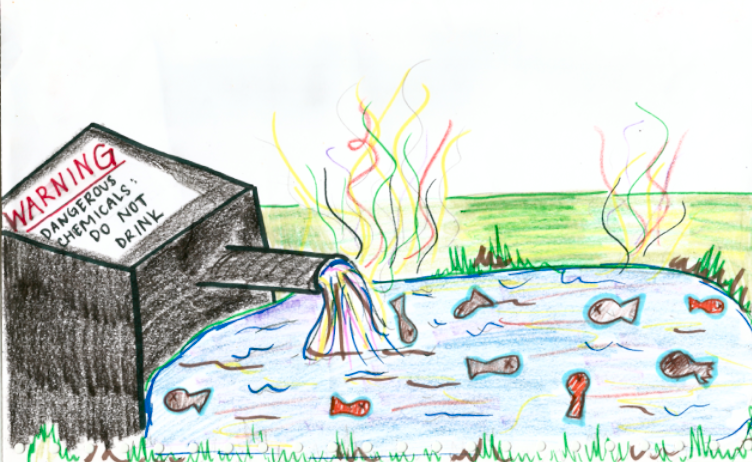


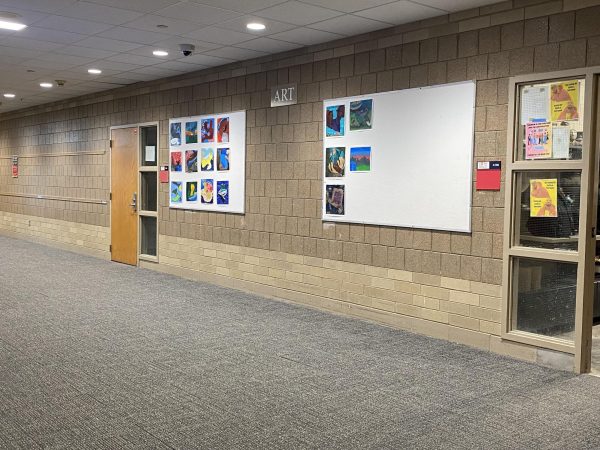

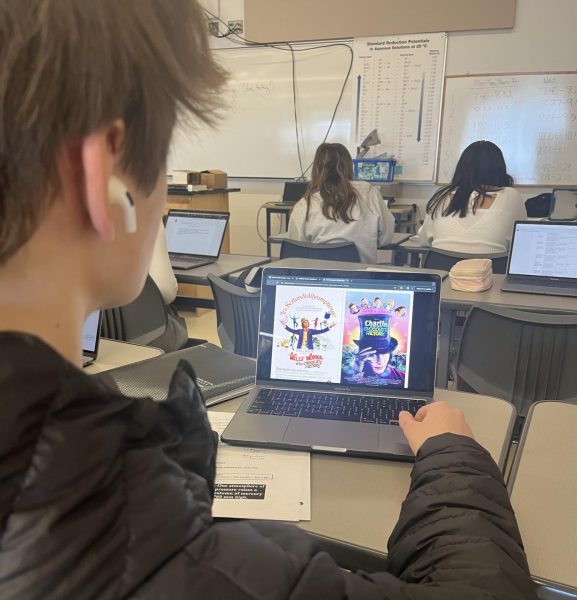


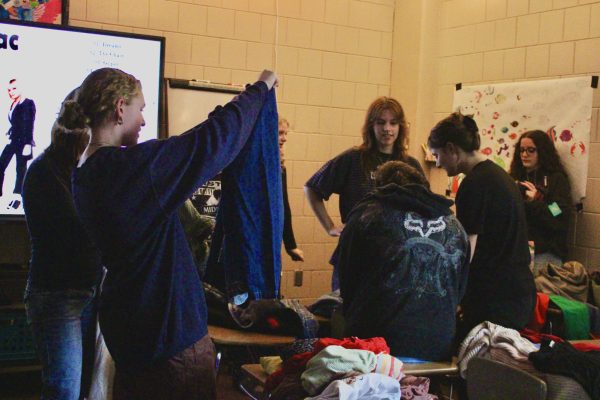

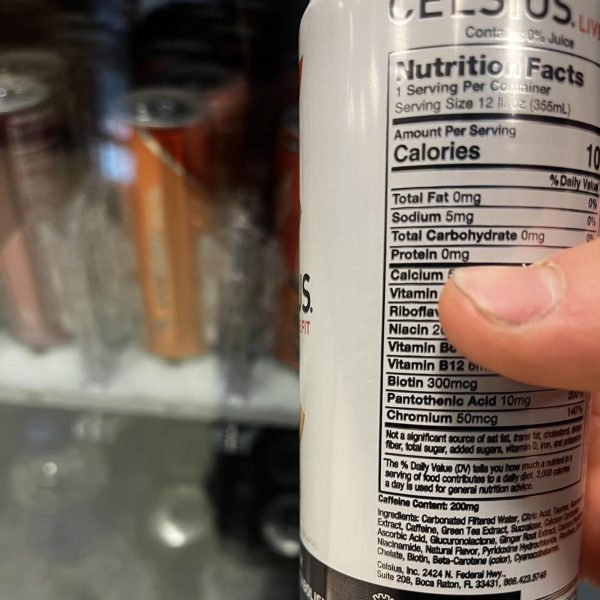
Cory Spawn • Apr 1, 2014 at 11:11 pm
This article is very good, and I completely agree with all the facts and opinions included in the article. There was clearly plenty of research that went into writing this article. The facts are all well stated and and clearly explained. All of the opinion statements are backed up with facts from the research. It is not completely biased toward one side, but it does lean one way while still indirectly stating another side exists and what they believe.
Sofie Wicklund • Apr 1, 2014 at 9:53 pm
This article was very well written as well as supported with many solid facts and data. The supports are to the point and persuasive, while the facts and quotes make the reader feel like the writer really knows what is going on and can be trusted. Also, a great call to action at the end really brought the article to a strong ending. The only thing that is somewhat lacking is the presentation of the opposition. Other than that, and a few opportunities to expand upon and relate the issue to the reader, the article is really great.
Clara Ilkka • Mar 31, 2014 at 9:15 pm
This article was well-researched and to the point. The author did a really nice job giving a concession to the other side of the issue in reference to its economic value, but went on to argue he side further and stronger. He also added a good call to action at the end. The drawing was eye-grabbing and colorful. My only distraction from the arguments was the phrase “may want to drink it in” in the lead. It did not sound right. I think he meant “soak it up”.
Quentin Ikuta • Mar 14, 2014 at 11:53 am
Firstly, I am so passionate about this topic. I feel as if you presented the argument very clearly, factually and accurately. Great, strong facts were included as well as strong primary facts and evidence. Great job using facts from outside sources and integrating them into the article in an objective, clear way. Although you did a very good job presenting your side of the argument, your opposition could be a bit longer and more thorough and convincing. Despite that, very good article. Also, great conclusion. You have phrased the conclusion in such a way that is gently encouraging readers to take action, while giving clear direction.